When I first moved to California, some places just seemed so far away. It was impossible for me to wrap my head around making a day trip to Joshua Tree or Palm Springs—a three-hour drive each way. But over the past 14 years, my home state has continued to feel smaller and smaller, easier and easier to tackle.
In April 2014, I made a detour from the Eastern Sierra to try to see Silver City Ghost Town in Bodfish, California, located in the Kern River Valley of the Southern Sierra. I'd gotten there too late in the day to catch it before it closed or to even photograph it in daylight. And it just seemed so out-of-the-way that it took me 11 years to try again.
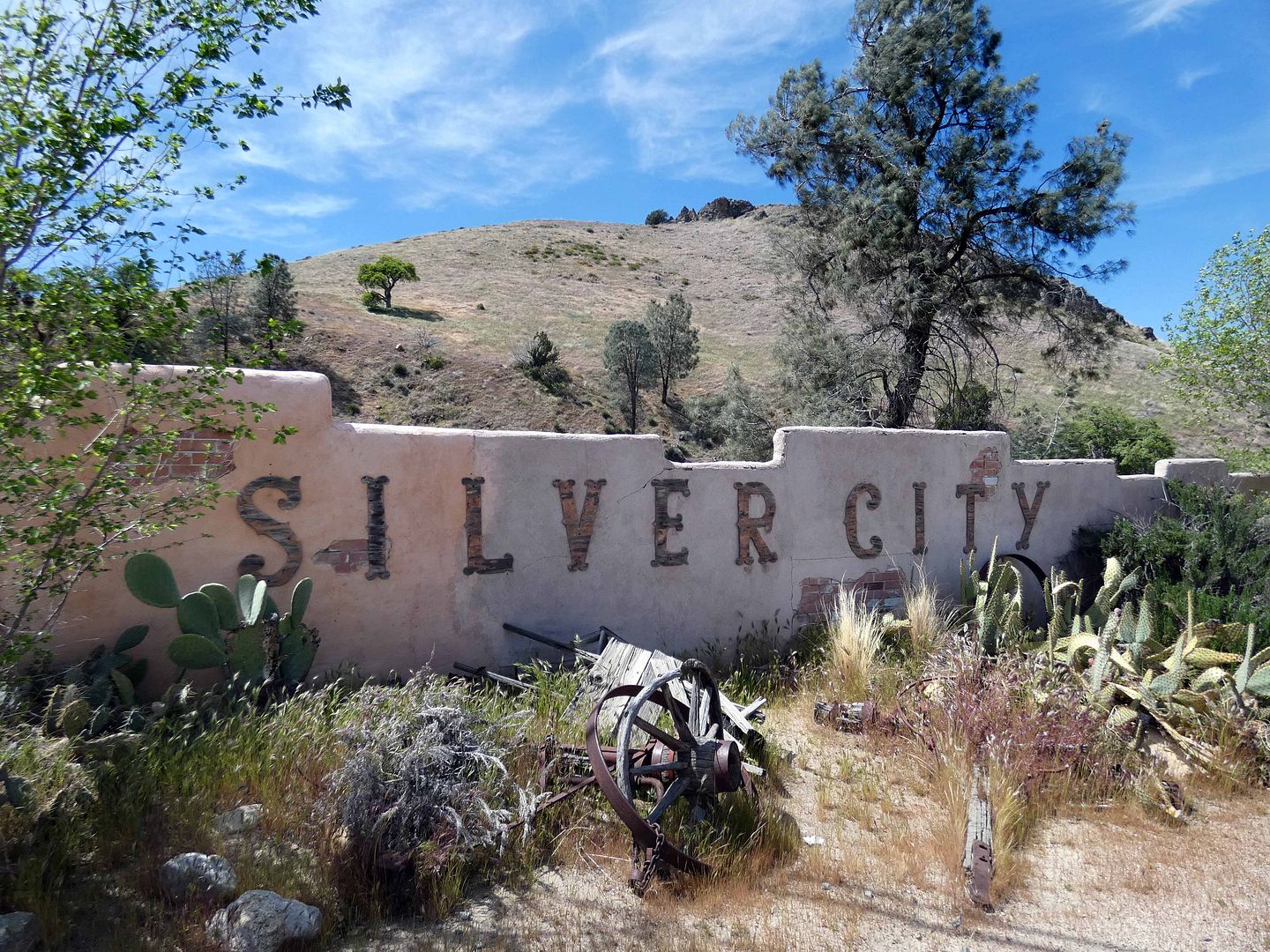
This time, I planned my trip a little better and got an earlier start, as I headed home from the early-morning Burro Run I'd attended in Indian Wells Canyon.

Unlike, say, Robber's Roost, Silver City Ghost town is a roadside attraction with some real history behind it. It's kind of like a Heritage Square for old gold mining town buildings—maybe something like how Knott's Berry Farm's Ghost Town started out.

The façades that face the street and the parking area comprise an antiques store—where everything is for sale but the cat, the proprietor says—and where you buy a ticket to access the real ghost town, which mostly lies behind those front-facing buildings.

For a small admission fee (it was $7 when I went), I was taken down the ramp to the back...

...where all the wood slats are catawampus and could eat a foot or an ankle with one misstep.

All the shops at Silver City Ghost Town's street side are in turn-of-the-last-century buildings that were relocated from the nearby Hot Springs Resort in what was then known as Hot Springs Valley (now Scovern Hot Springs, where spring water still flows freely from its artesian wells).
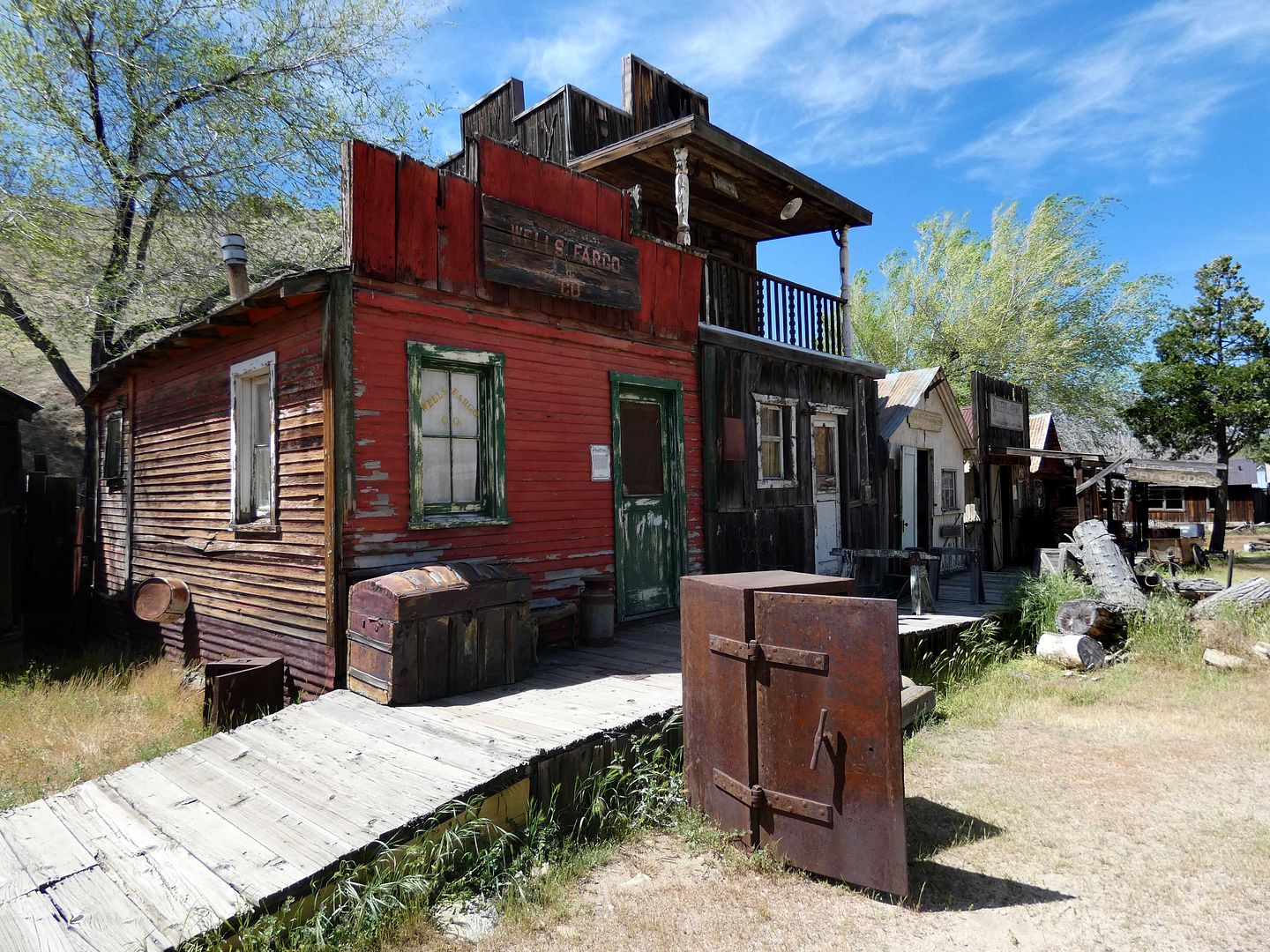
In 1855, the Kern River Valley showed potential to be the location of California's second Gold Rush (the first being in 1848 at Sutter's Mill). But the gold ran out a few years later, leaving many mining camps and resort towns abandoned, their structures left to rot.
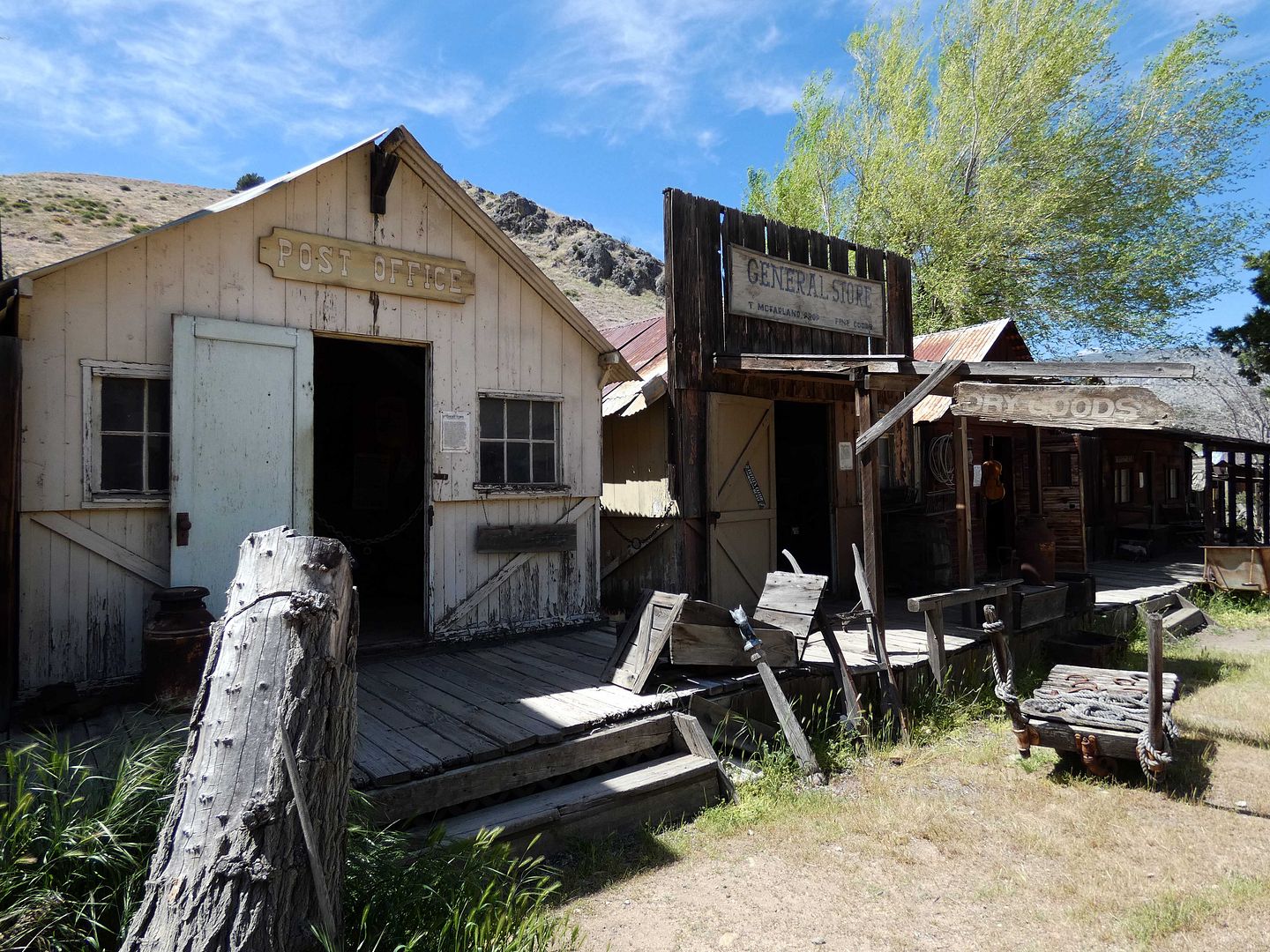
In the 1970s, Dave Mills and his family began rescuing what was left—and collecting them into a bespoke "ghost town" of historic structures, like a Wells Fargo office/stage stop (also from Scovern Hot Springs), preserved in a state of arrested decay.
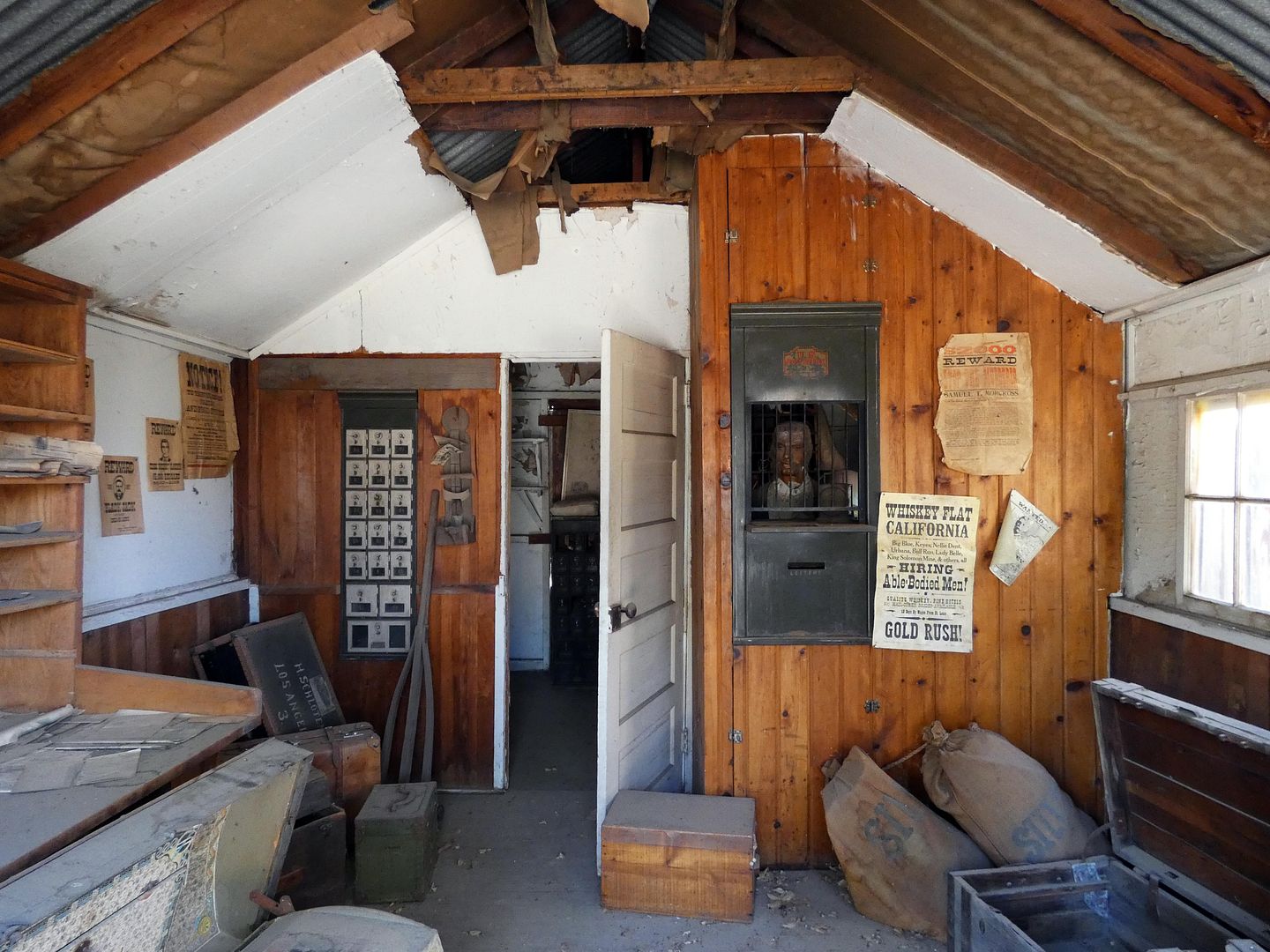
The post office is a remnant of the long-lost boomtown of Claraville up in the Paiute Mountains southeast of Bodfish, although its period-appropriate shelves and post boxes come from other places.

The General Store was also a fixture of Claraville, which had become a ghost town by 1869 when the Mount Sinai Mining District ceased operations.
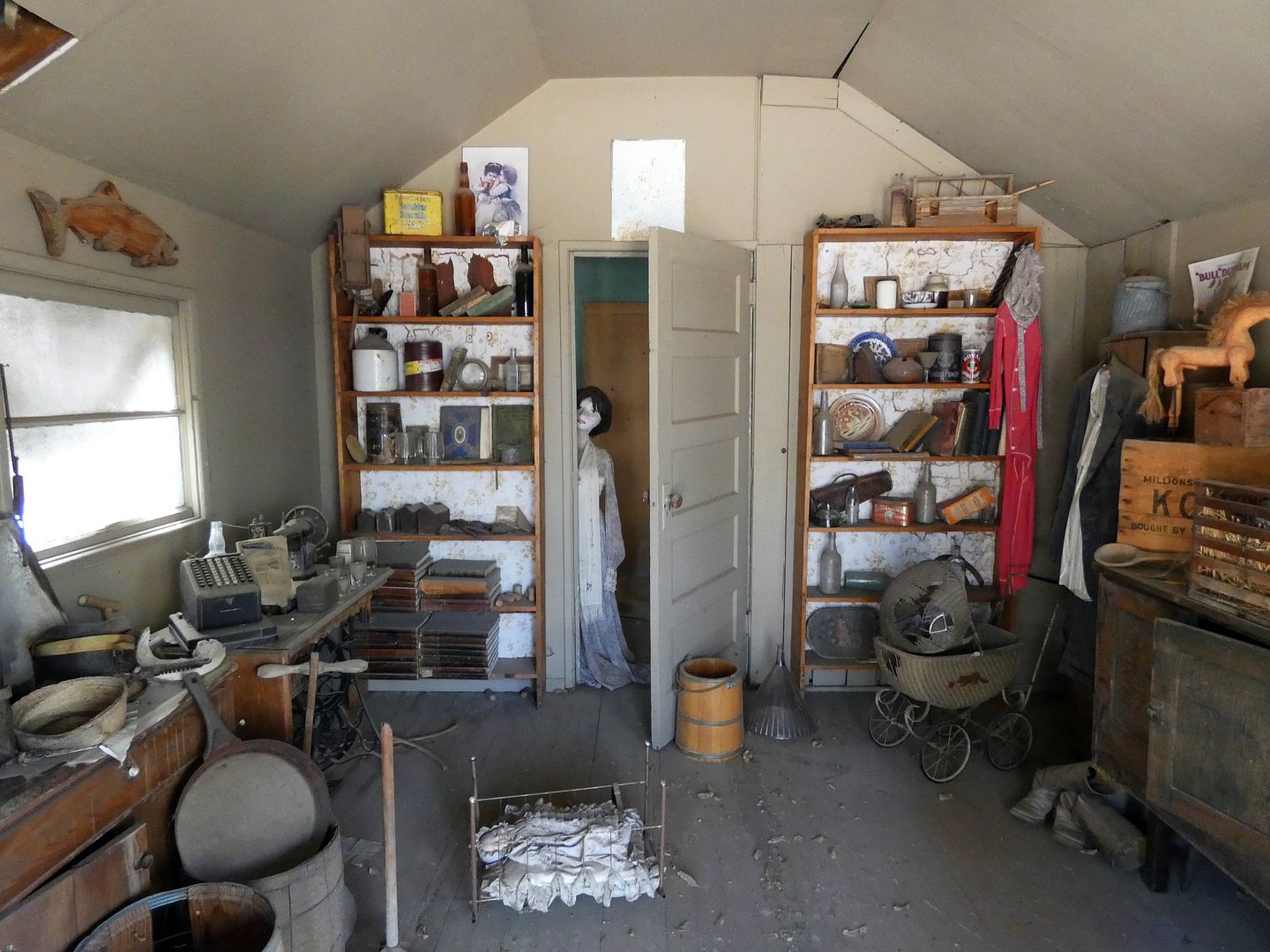
Signs indicate that the bottom portion of the building was built of wagon wood and the top was open and covered in canvas, like a tent building—which is kind of hard to believe, since Claraville was at 6,000 feet of elevation and was known to be snowy through July.

I was particularly fascinated to visit buildings that had been salvaged from towns that were drowned by the creation of Lake Isabella reservoir, which was formed when the Kern River was dammed in 1953.
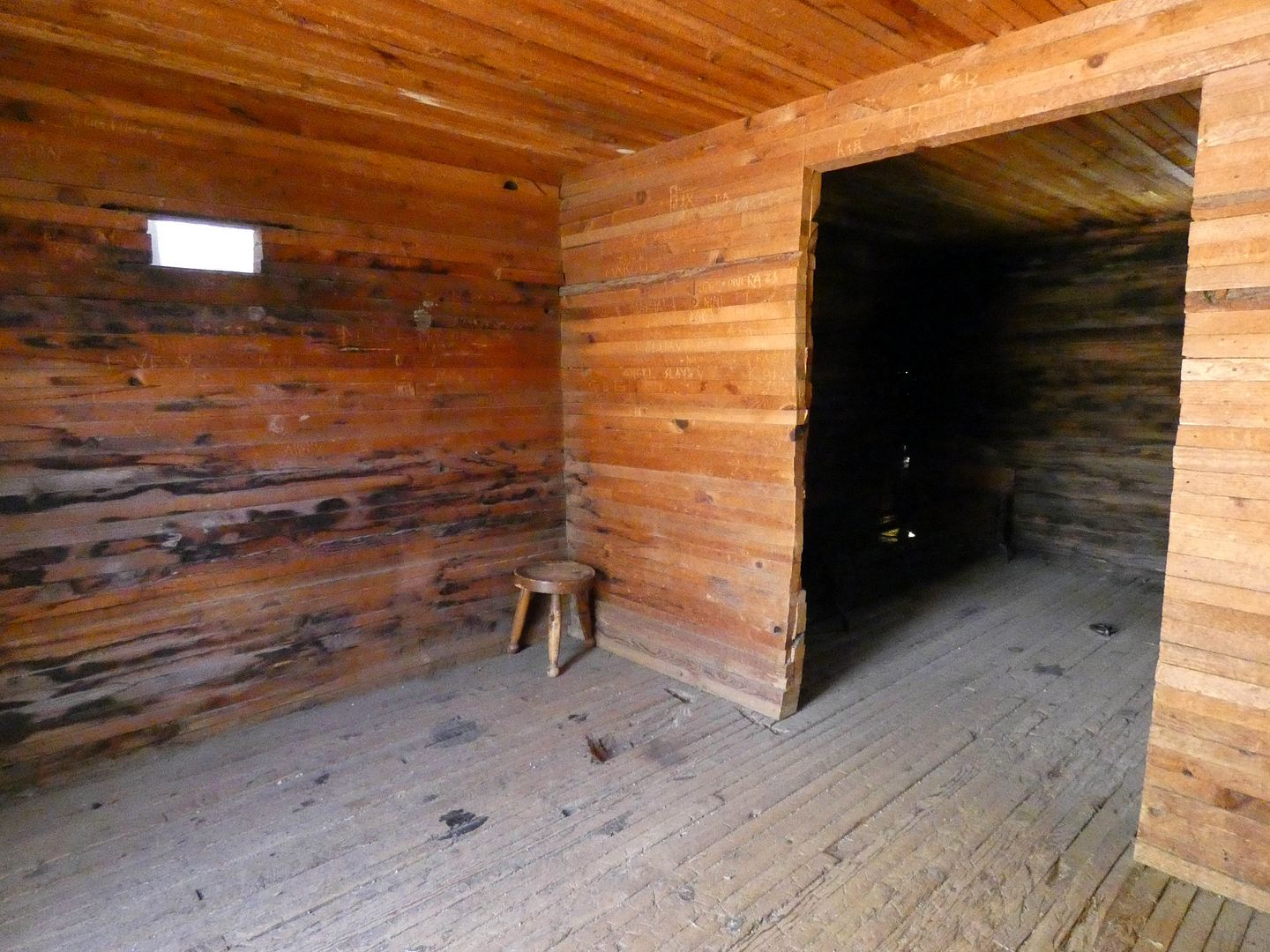
The jail at Silver City Ghost Town used to imprison the criminals of the town of Isabella (now underwater)...

...who were shackled to rings that are still affixed to the wood floors.
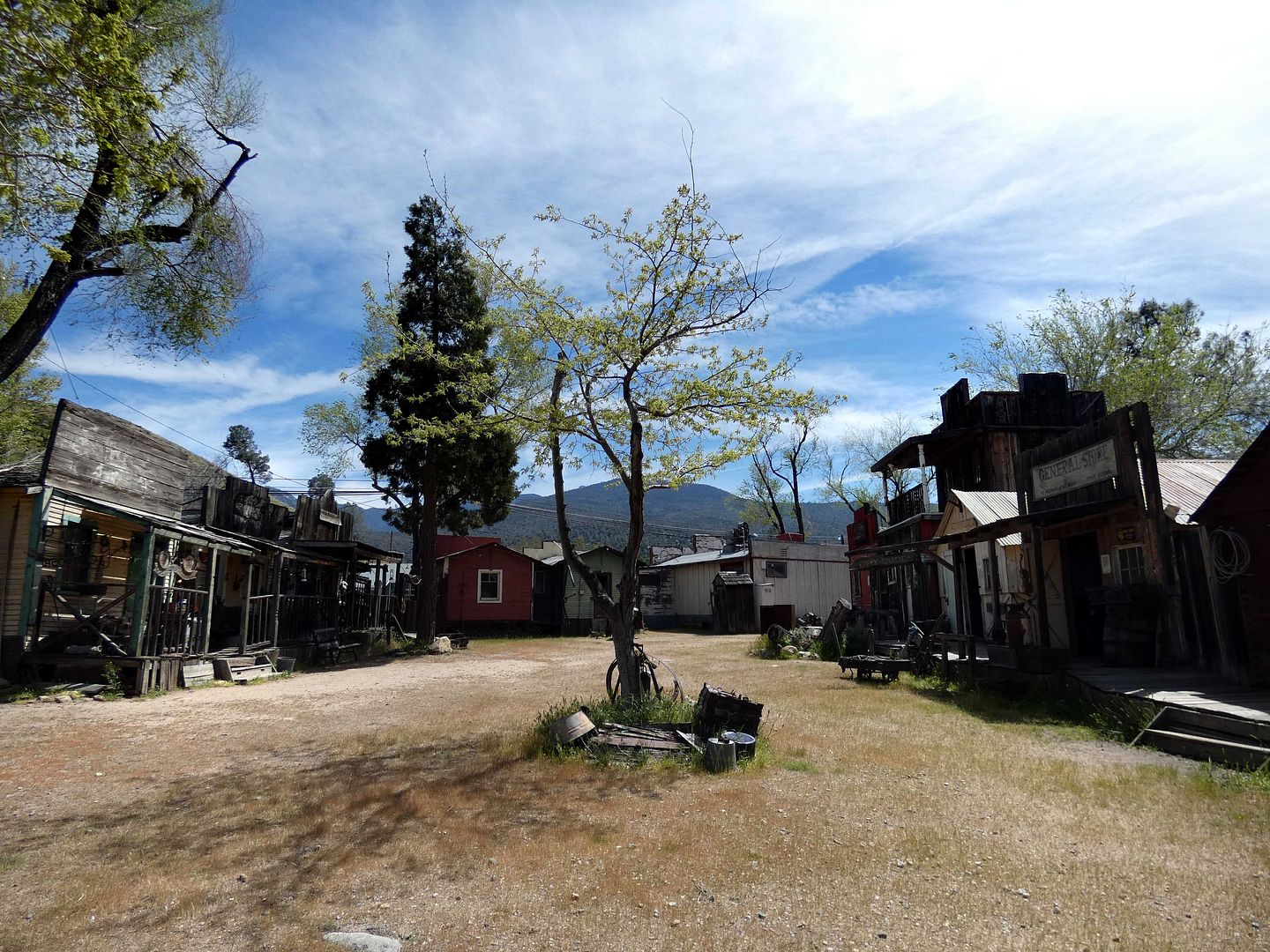
Silver City Ghost Town is set up like an outdoor museum but also a bit like its own makeshift town, with no roads or bridle trails but plenty of storefronts and stories.
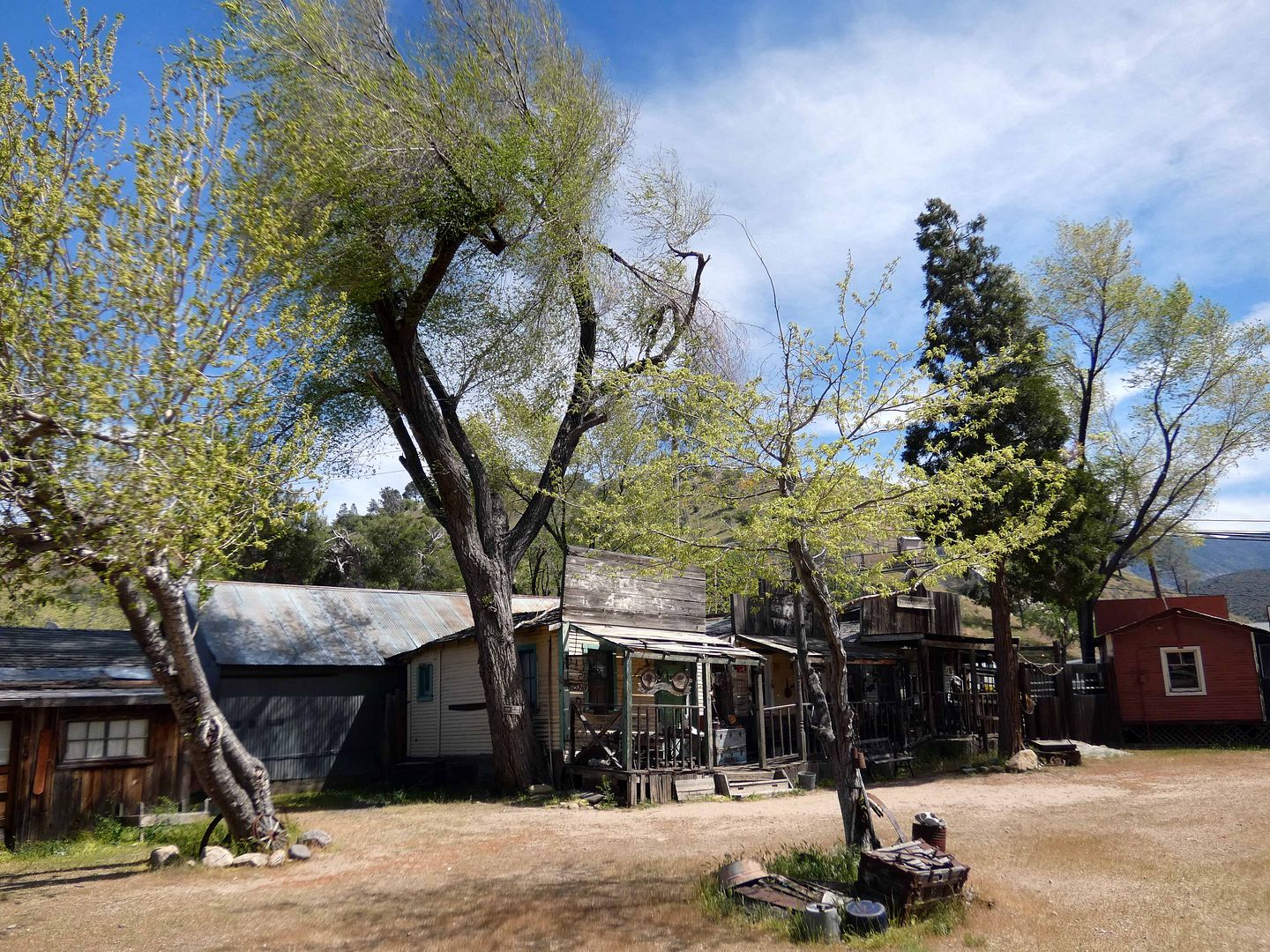
It actually closed a year after it was established (so, 1973)—and it only opened back up in 1992, after the J. Paul Corlew family took over. They further stabilized the structures to reopen them to the public.
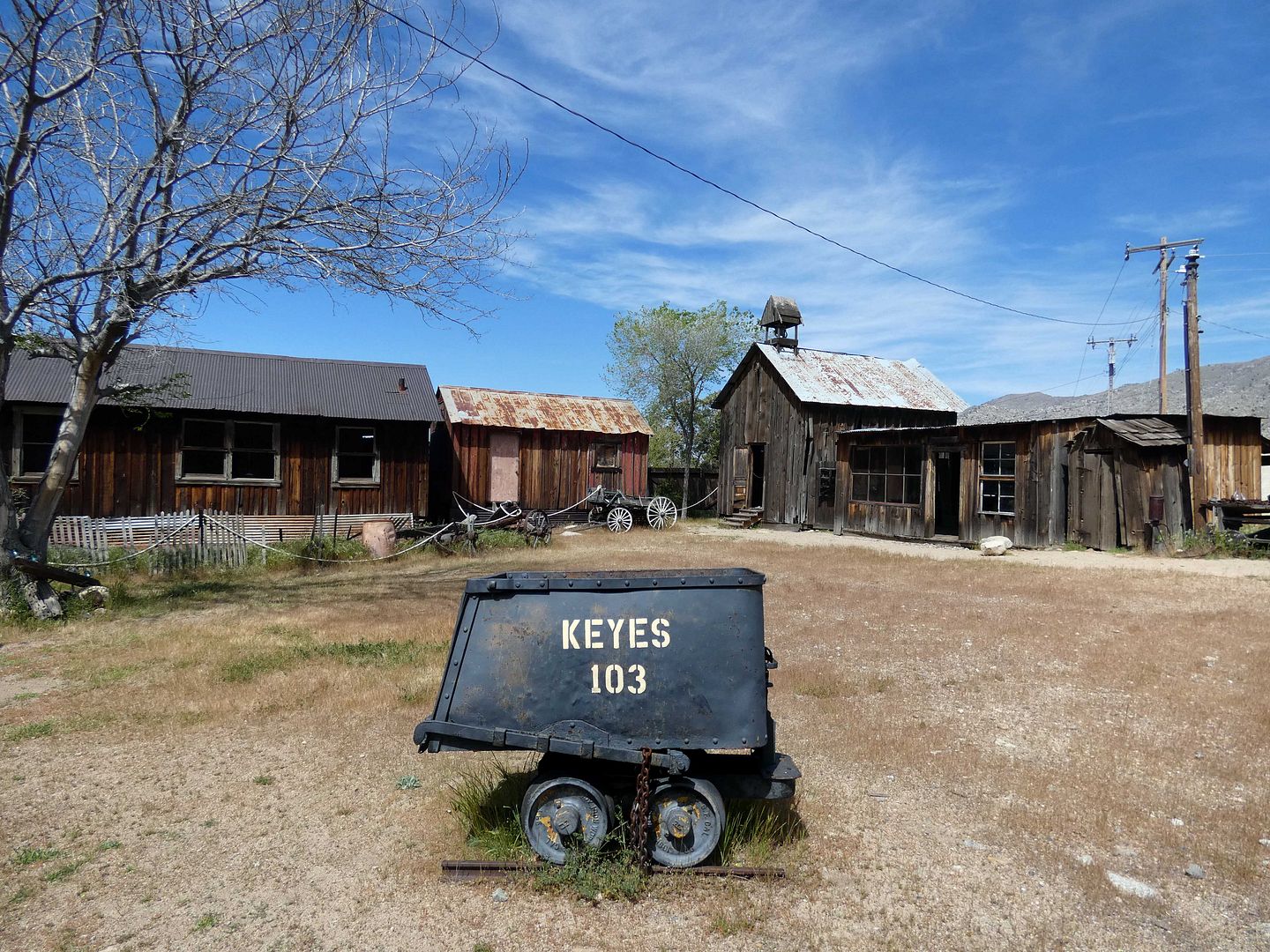
Amidst the miners' and caretakers' cabins are also mining artifacts, once used throughout the Kern River Valley—stamps from stamp mills, water pipes, mill balls, and even an ore cart from the Keyes Mine, north of present-day Keyesville (a.k.a. Keysville).
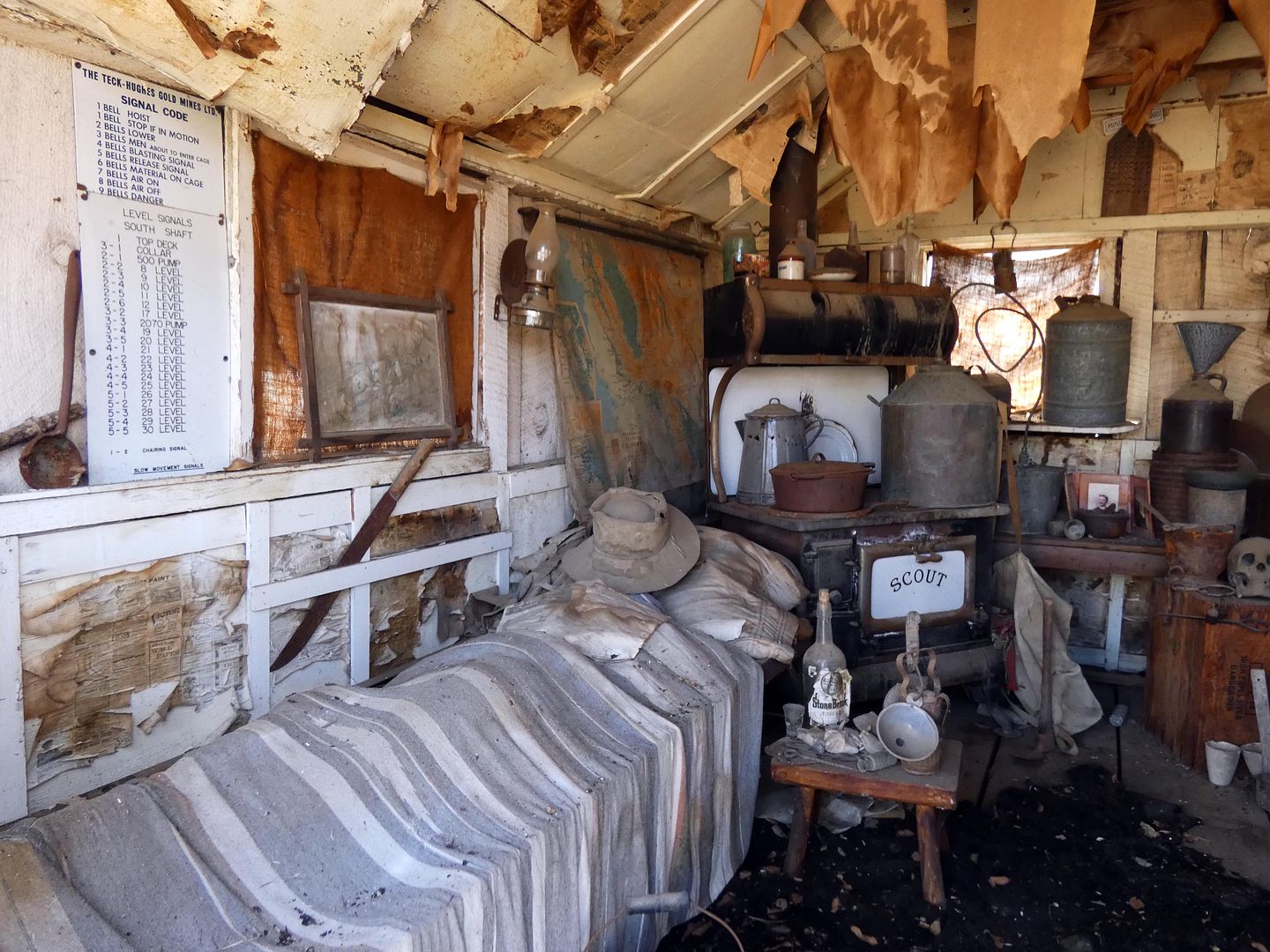
One miner's cabin at Silver City is fully outfitted with lanterns, candlesticks, a Scout stove, and a chart that helps miners decode the meaning of bells being run between the different tunneled-out levels of mine shafts.
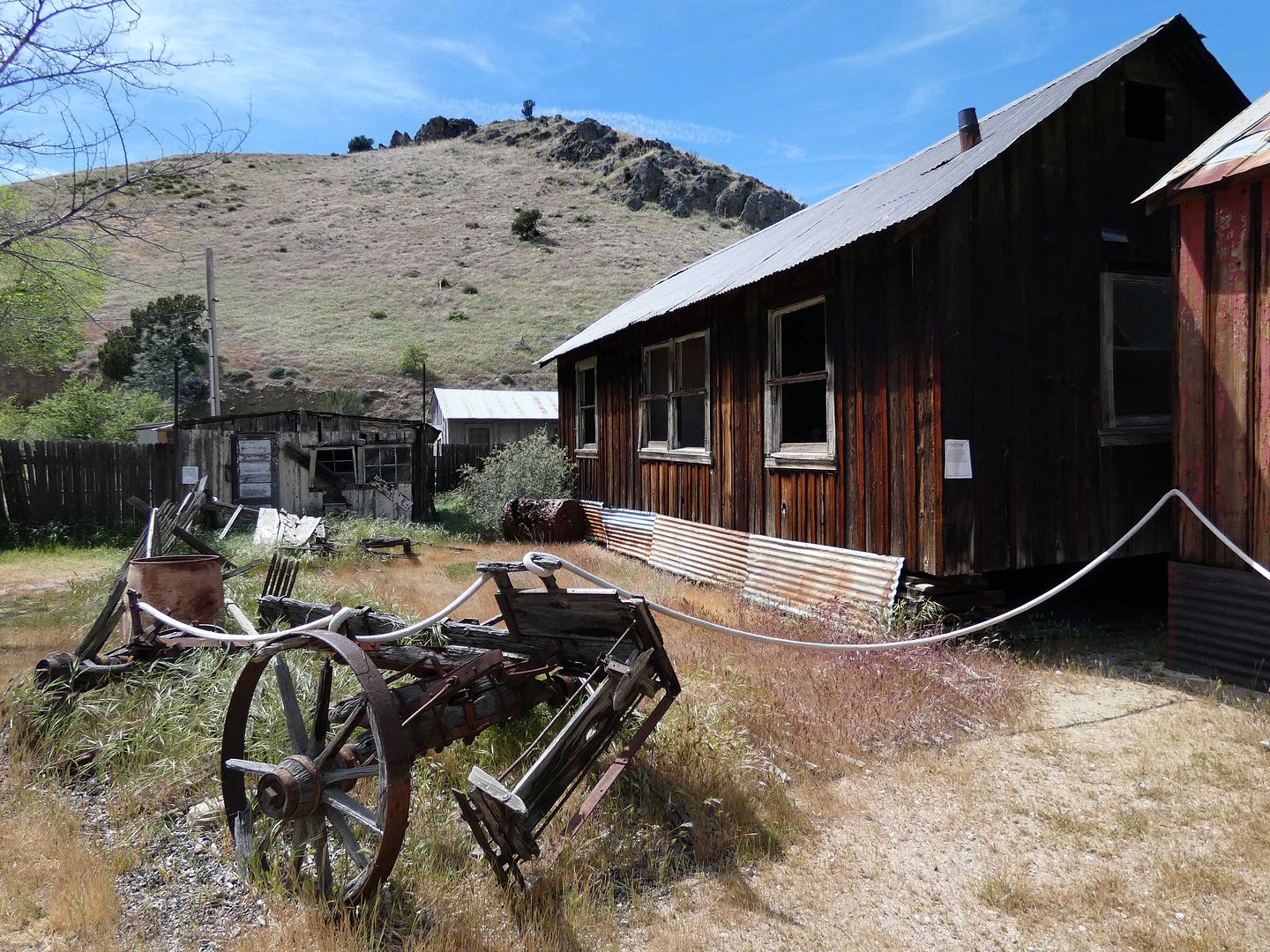
In addition to the assay office and tool dispersement shed from Keyesville...

...Silver City also has a circa 1890 cowboy bunkhouse from The Petersen Ranch (property of Nils Petersen, of Petersen Stage Lines), once located in the South Lake area that's now west of the town of Weldon.
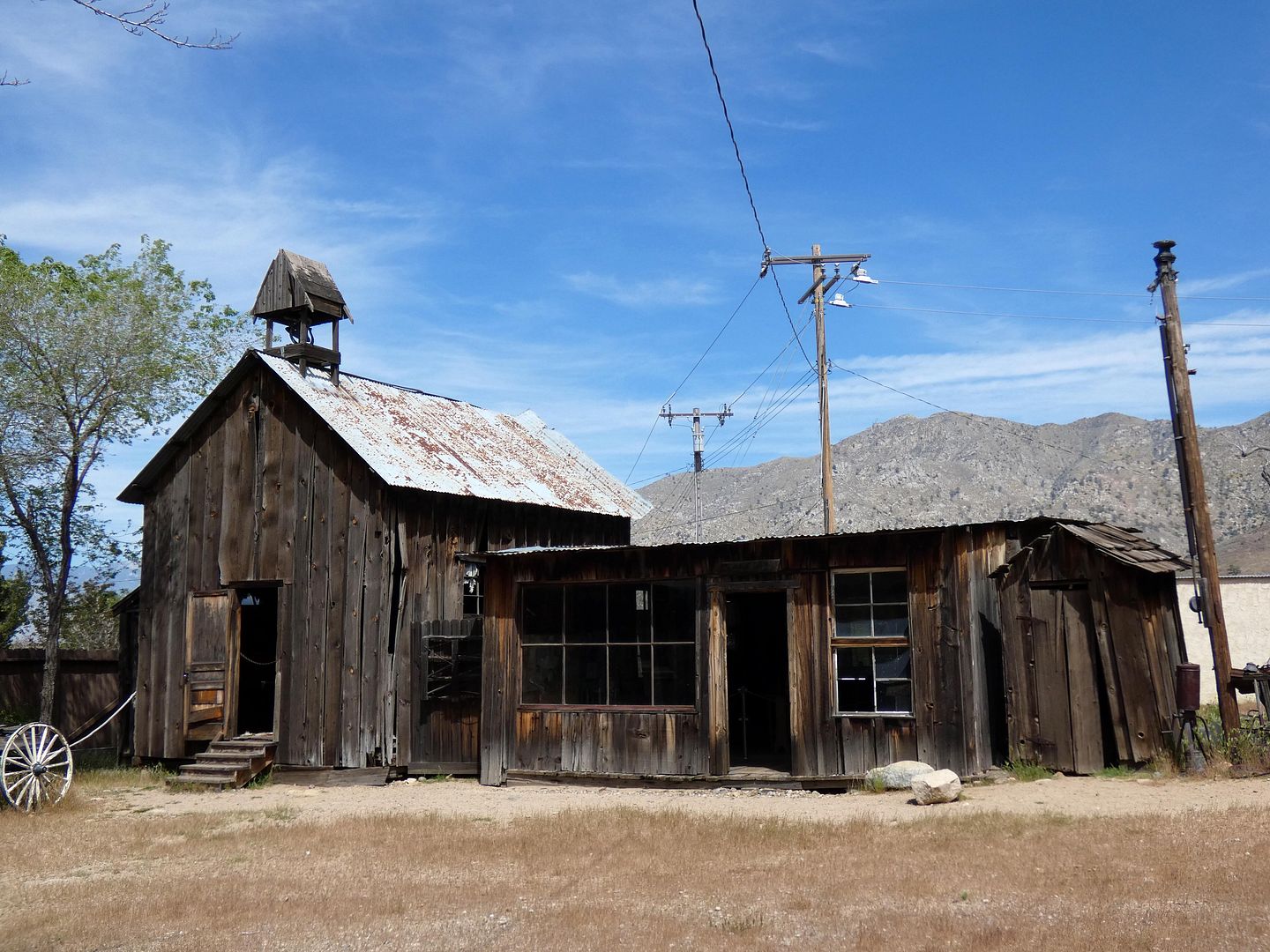
Of course, even lawless mining camps need a church—and Silver City Ghost Town has got one from Scovern Hot Springs.
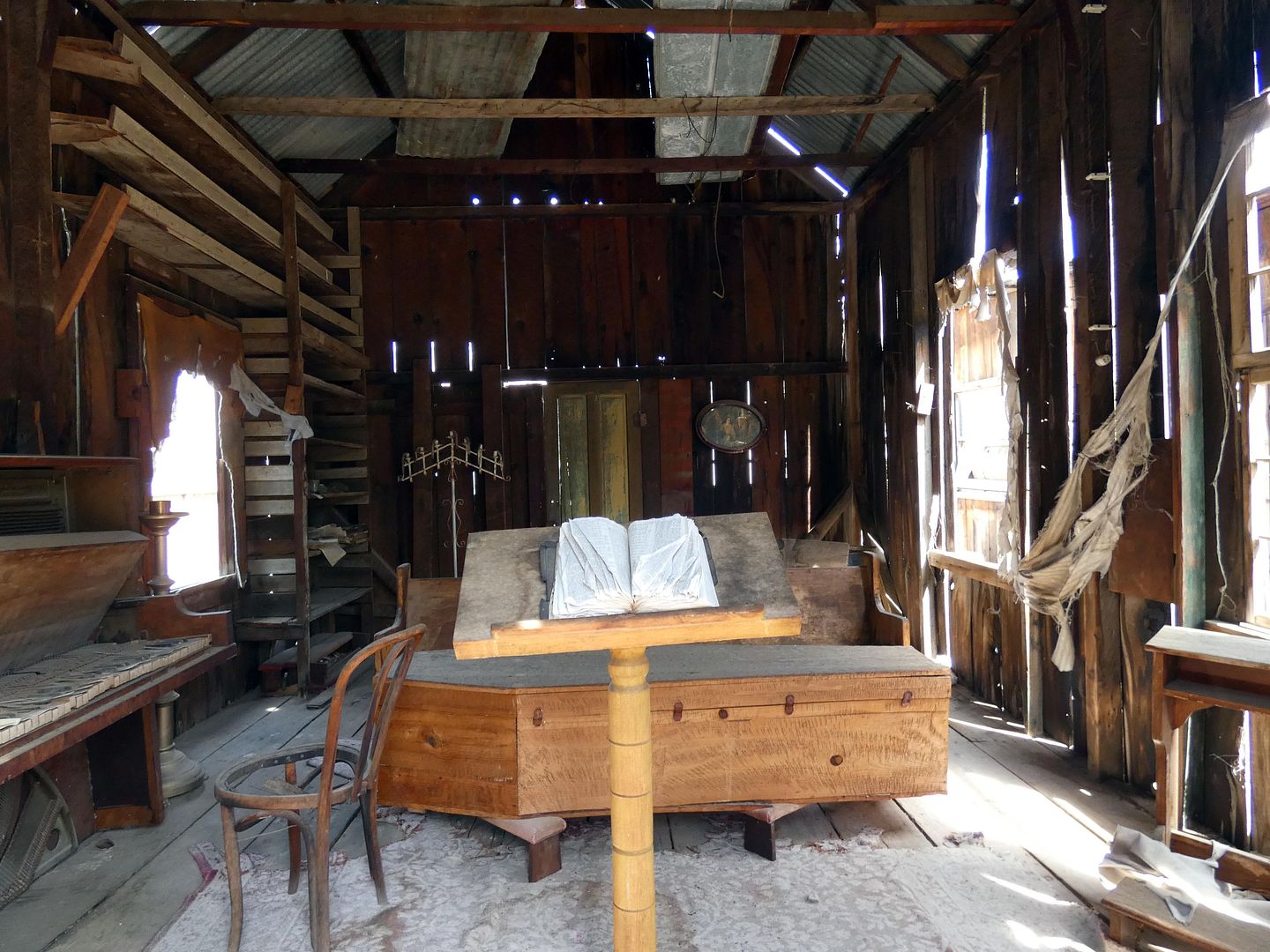
During the day, it seems pretty innocuous (despite the casket taking center stage). But lots of ghost hunters come here at night to witness weird stuff happening.
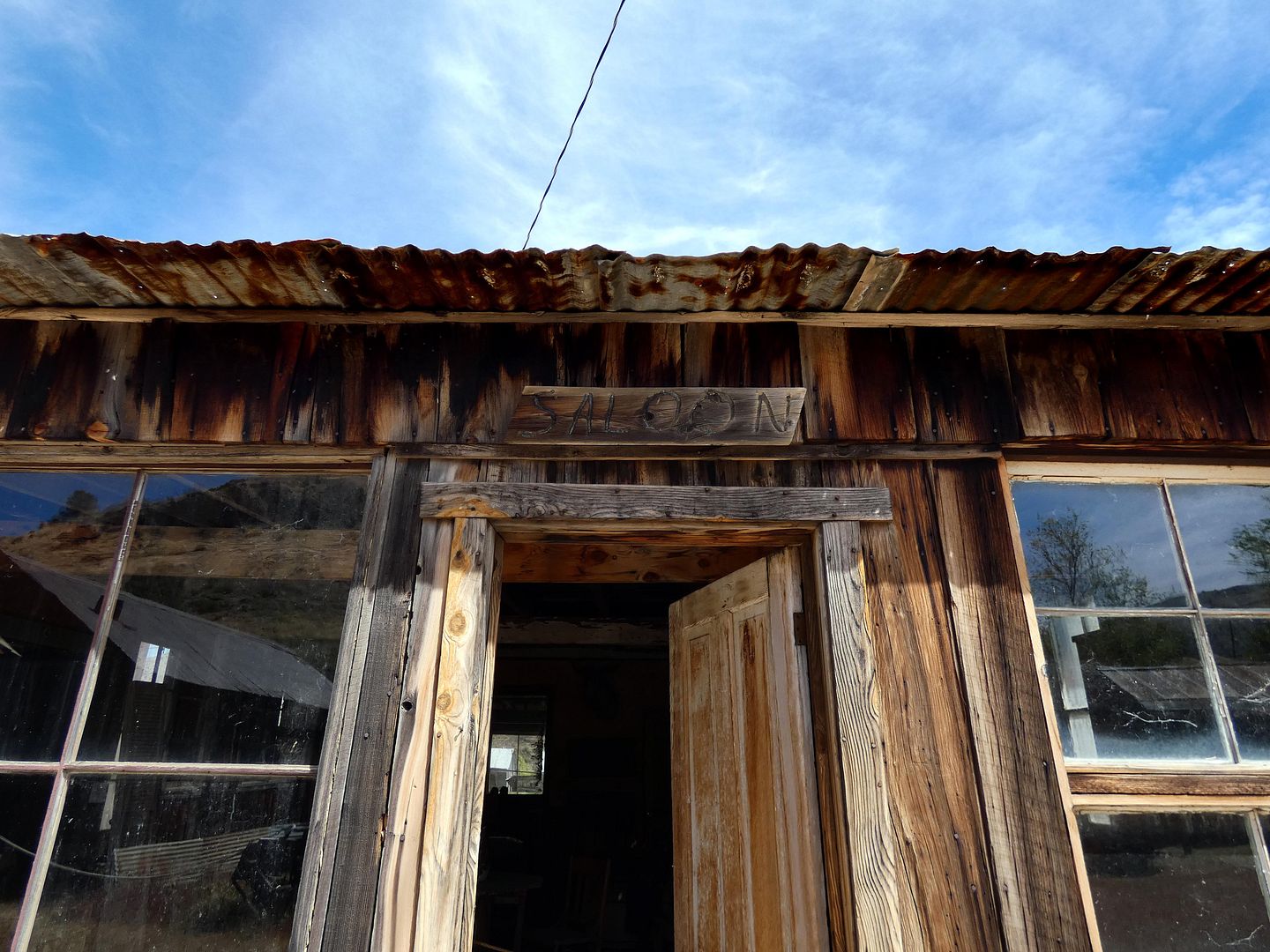
There's a saloon, of course...
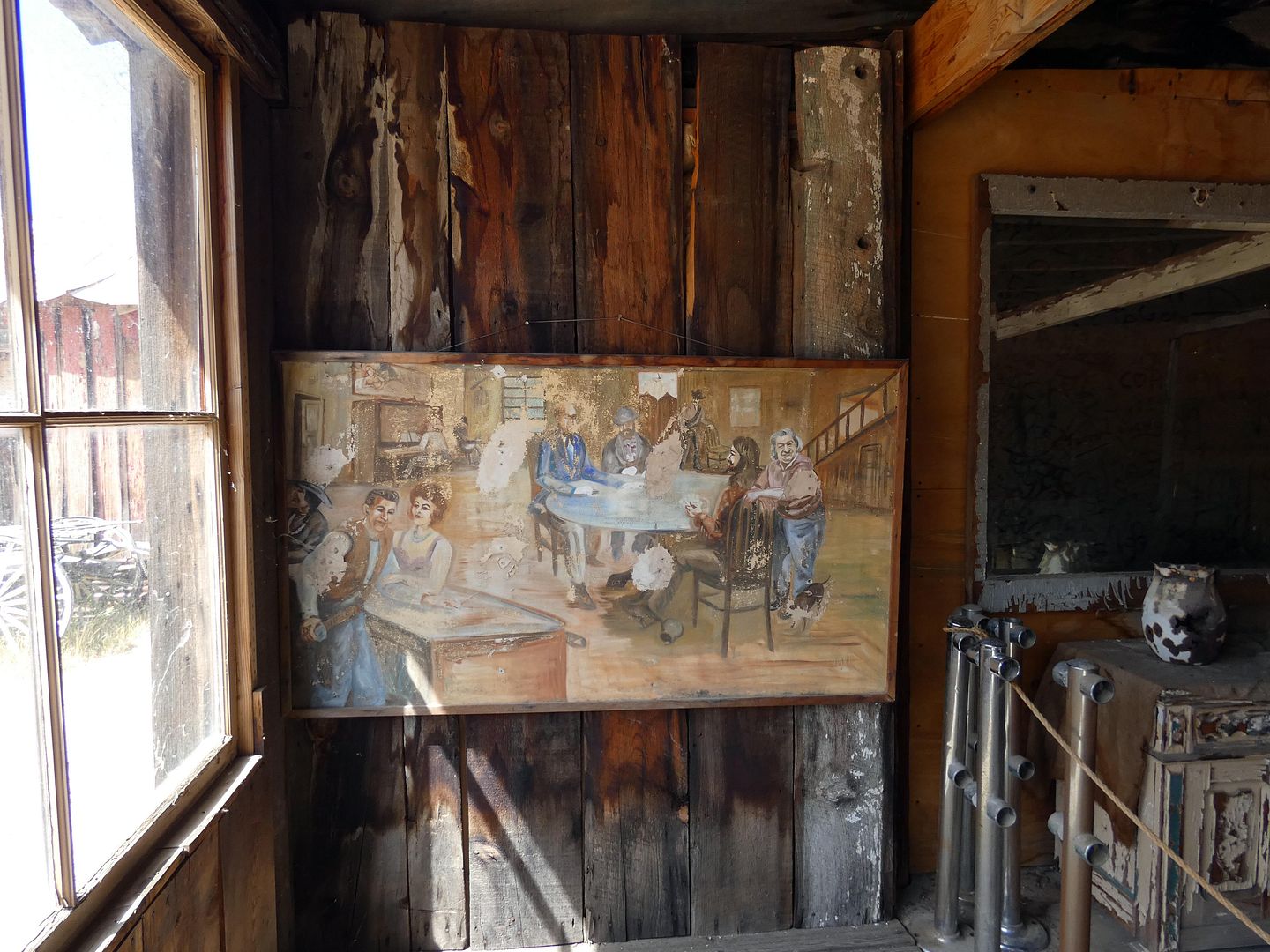
...but it's roped off to keep you from sneaking a sip of any moonshine out of the whiskey still.

The Apalatea/Burlando House was originally located in (I assume, "Old") Kernville and is named after two of its historic residents—Francesco Apalatea and his son-in-law, Matt Burlando.

Believed to be the oldest standing structure in the Kern River Valley, it was constructed out of hand-hewn lumber and hand-forged square nails. Fortunately, it was not submerged with the creation of Lake Isabella. In fact, many of Old Kernville's structures were moved to present-day Kernville, like the Ewings on the Kern restaurant—but others, like the schoolhouse, perished in a watery grave.

Most if not all of the other buildings were slated for demolition by the time that the Mills started hauling them away to safety. But the biggest threat to these (and, in fact, all) historic structures still looms: fire.

If you were to try to visit any of the areas I mentioned earlier—or other Kern County frontier settlements, like Whiskey Flat, Miracle, or Southfork—there's not much, if anything, left behind in its original place.
So while there may be no prospectors or gunslingers at Silver City Ghost Town, it's the closest thing to get you to what the gold rush was like in this area—an area I knew very little about because it seemed like such a long trek.
But now that I know how reachable it is, I've got more exploring to do...
Related Posts:

No comments:
Post a Comment